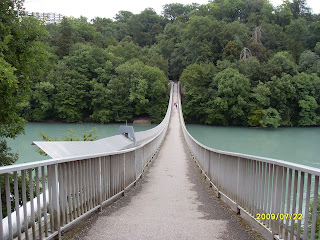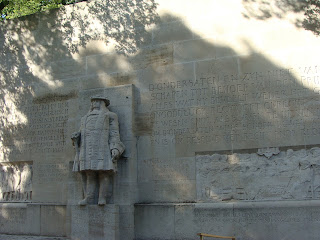PROJECT Julia Kovalenko, Sweden
The coat of arms
of Switzerland shows the same white Greek cross as the flag
of Switzerland, but on a red
shield. The appearance of the coat of arms or shield varies greatly, but the
federal resolution of 12 December 1889 on the coat of arms decrees that the
four arms have equal lengths, in a ratio to their width of 7:6, and includes a
drawing of the coat of arms.Like the Swiss flag, the coat of arms is used on
many items, such as Swiss francs, Swiss car number plates, and Swiss-branded
exports such as Swiss Army knives.The Coat of Arms of Switzerland is a white
Greek cross on a red shield and surrounded by a wreath and tied with a banner.
In Blazon, Gules, a Greek Cross Argent and surrounded by a wreath and tied with
a banner.

Switzerland is a federal republic consisting of 26 cantons, with Bern as the seat of the federal authorities. The country is situated in western Europe, where it is bordered by Germany to the north, France to the west, Italy to the south, and Austria and Liechtenstein to the east.
 Switzerland is a landlocked
country geographically divided between the Alps, the Swiss Plateau and the
Jura, spanning an area of 41,285 km2 (15,940 sq mi). While the Alps occupy the
greater part of the territory, the Swiss population of approximately 8 million
people is concentrated mostly on the Plateau, where the largest cities are to
be found. Among them are the two global cities and economic centres of Zurich
and Geneva.
Switzerland is a landlocked
country geographically divided between the Alps, the Swiss Plateau and the
Jura, spanning an area of 41,285 km2 (15,940 sq mi). While the Alps occupy the
greater part of the territory, the Swiss population of approximately 8 million
people is concentrated mostly on the Plateau, where the largest cities are to
be found. Among them are the two global cities and economic centres of Zurich
and Geneva. 
Switzerland is one of the richest
countries in the world by per capita gross domestic product, and has the
highest wealth per adult (financial and non-financial assets) of any country in
the world. Zurich and Geneva have respectively been ranked as the cities with
the second and third highest quality of life in the world. It has the world's
nineteenth largest economy by nominal GDP and the thirty-sixth largest by
purchasing power parity. It is the twentieth largest exporter and eighteenth
largest importer of goods.
Switzerland comprises three main linguistic and
cultural regions: German, French, and Italian, to which the Romansh-speaking
valleys are added. The Swiss, therefore, though predominantly German-speaking,
do not form a nation in the sense of a common ethnic or linguistic identity.
The strong sense of belonging to the country is founded on the common
historical background, shared values (federalism and direct democracy) and
Alpine symbolism. The establishment of the Swiss Confederation is traditionally
dated to 1 August 1291; Swiss National Day is celebrated on the anniversary.
Vocabulary
Consists – состоит
Cross – пересекать
square sovereign - площадь суверенного
dimensions – размеры
established – установленный
upright – вертикально
equal length - одинаковой длины
appearance - внешний вид
varies – меняется
decrees – указы
surrounded – окруженный
landlocked - имеющих выхода к
морю
divided between - разделена между
spanning – охватывающей
occupy – занимать
approximately – приблизительно
concentrated – концентрированный
armed neutrality - вооруженный
нейтралитет
pursues – преследует
peace-building processes around - процессах миростроительства
вокруг
notably - особенно
richest - богатых
gross domestic - валовой
внутренний
wealth per adult (financial and non-financial assets)
- богатство взрослого (финансовые и нефинансовые активы)
respectively been ranked - соответственно,
занимает первое место
purchasing - покупка
predominantly – преимущественно
belonging - принадлежащий
anniversary - юбилей























Комментариев нет:
Отправить комментарий